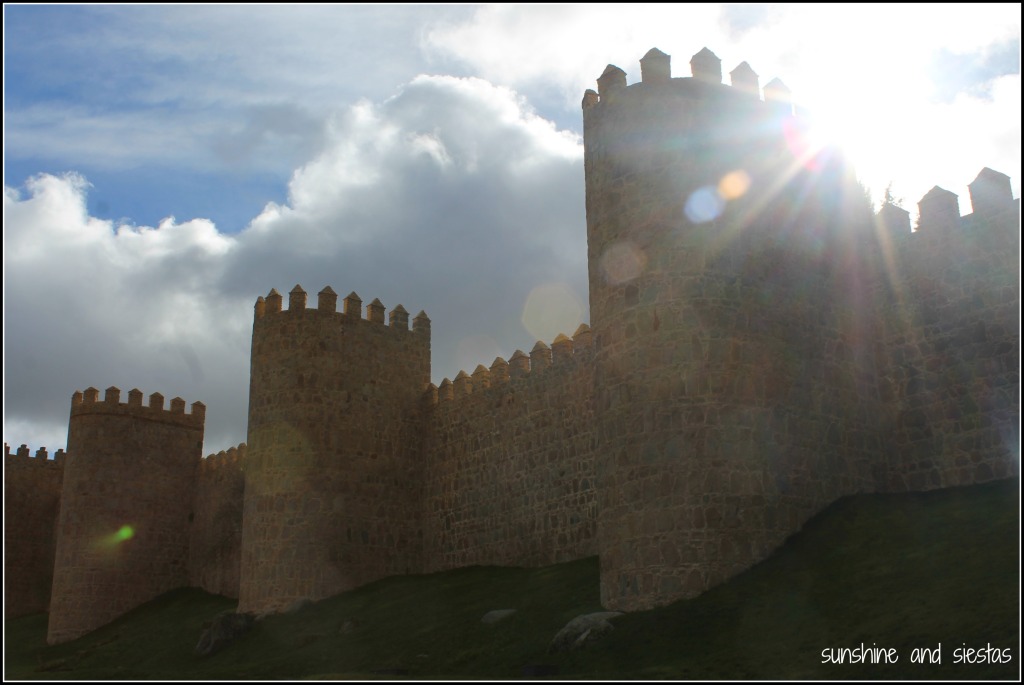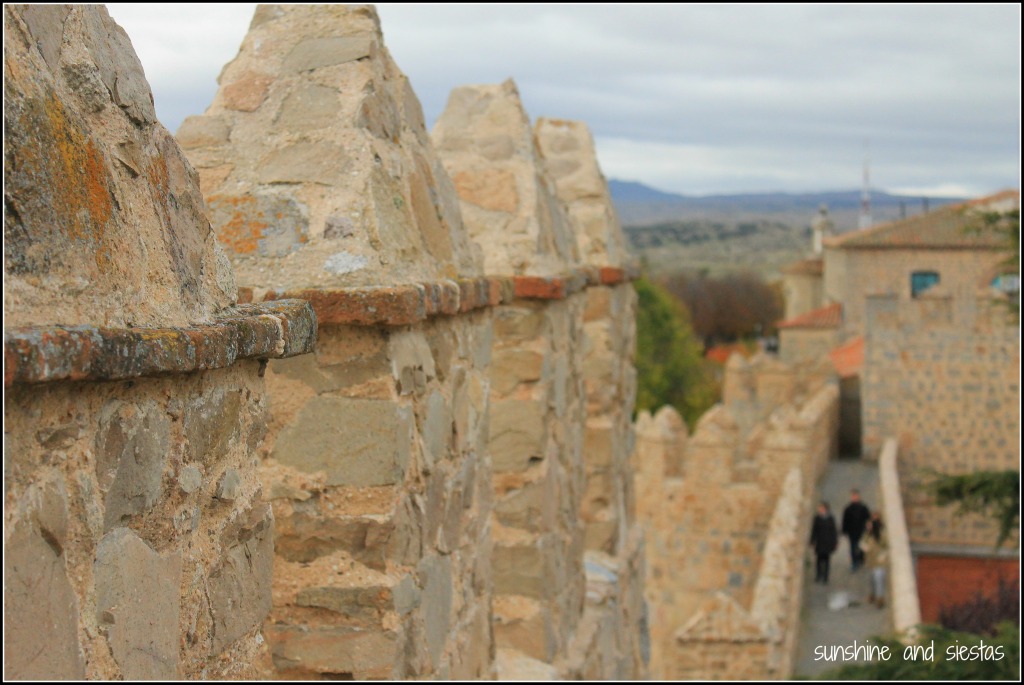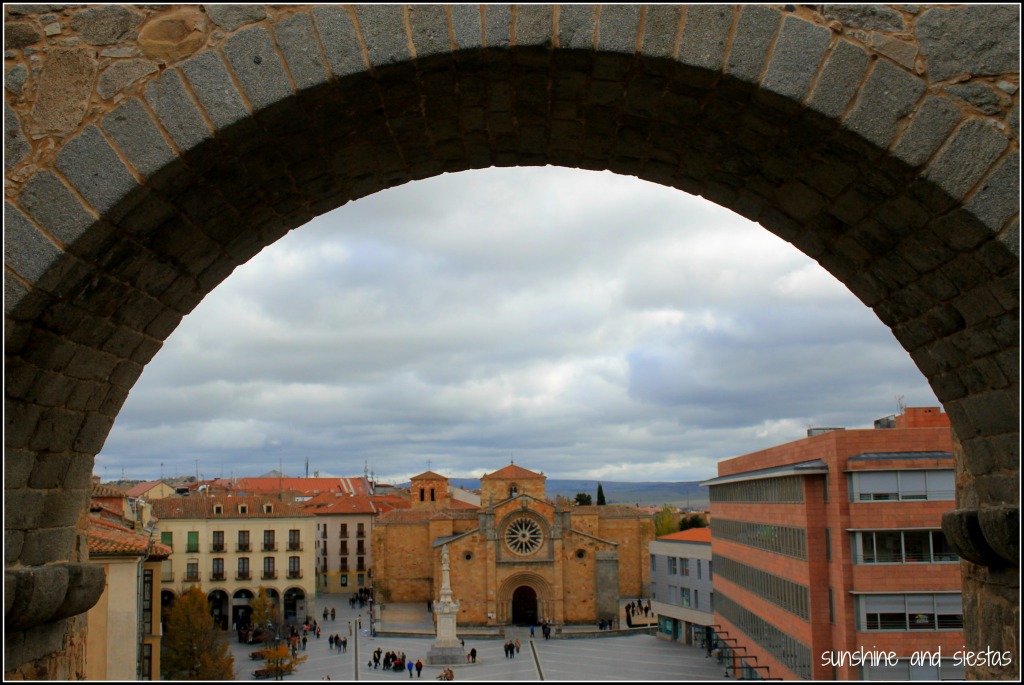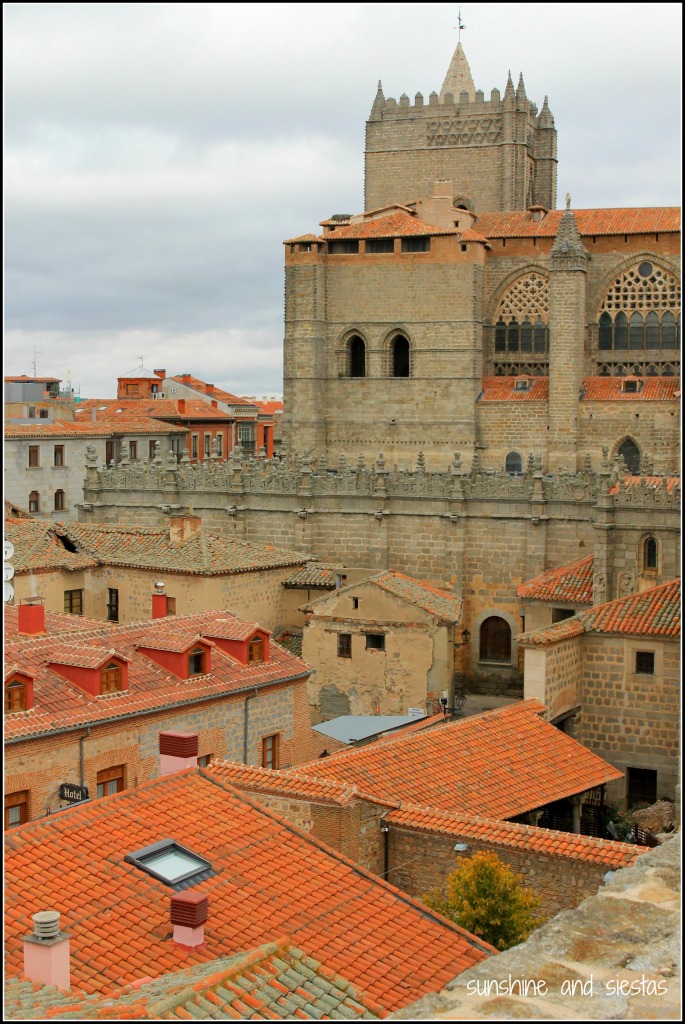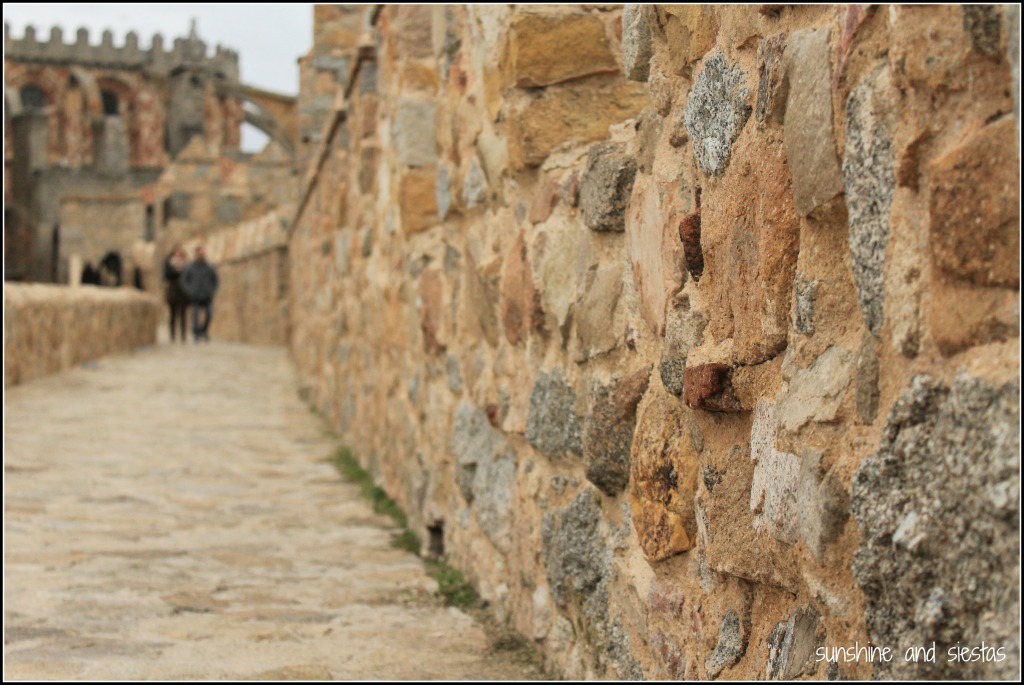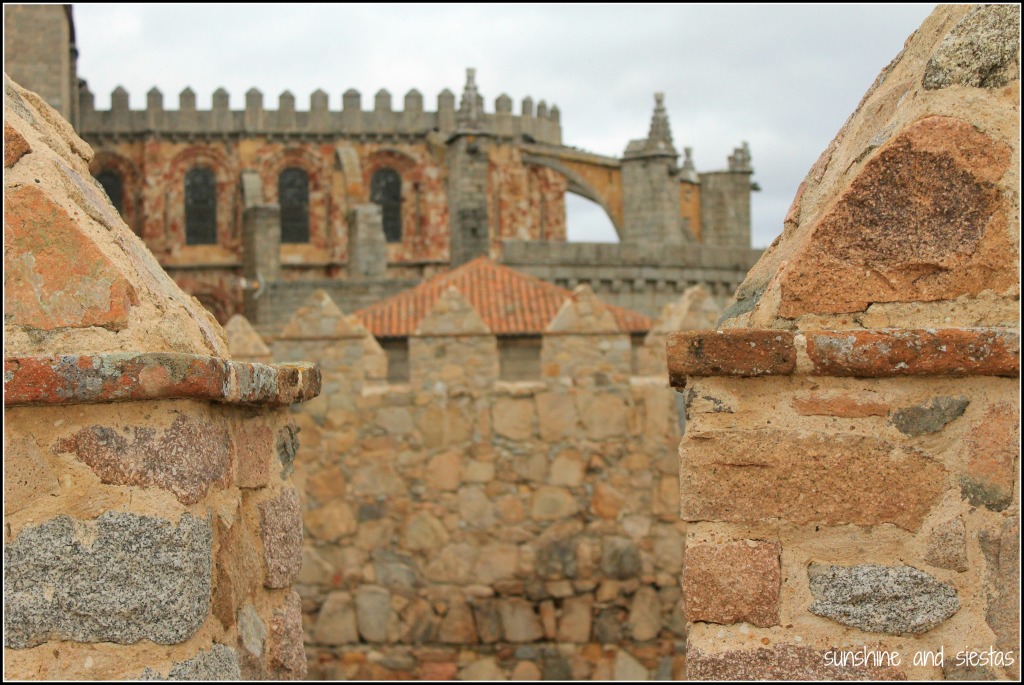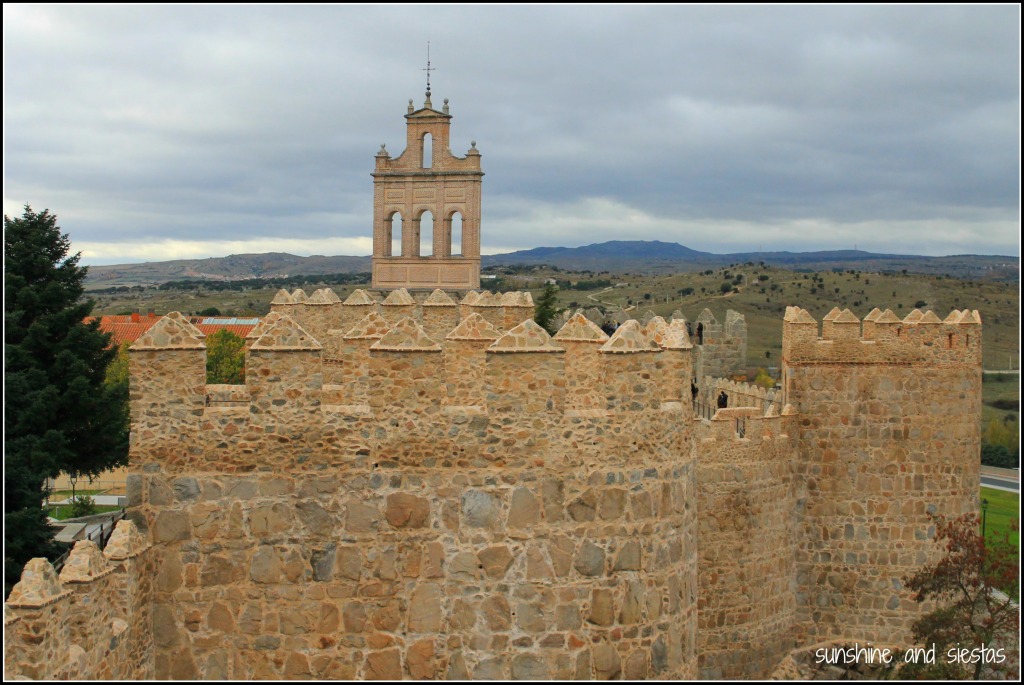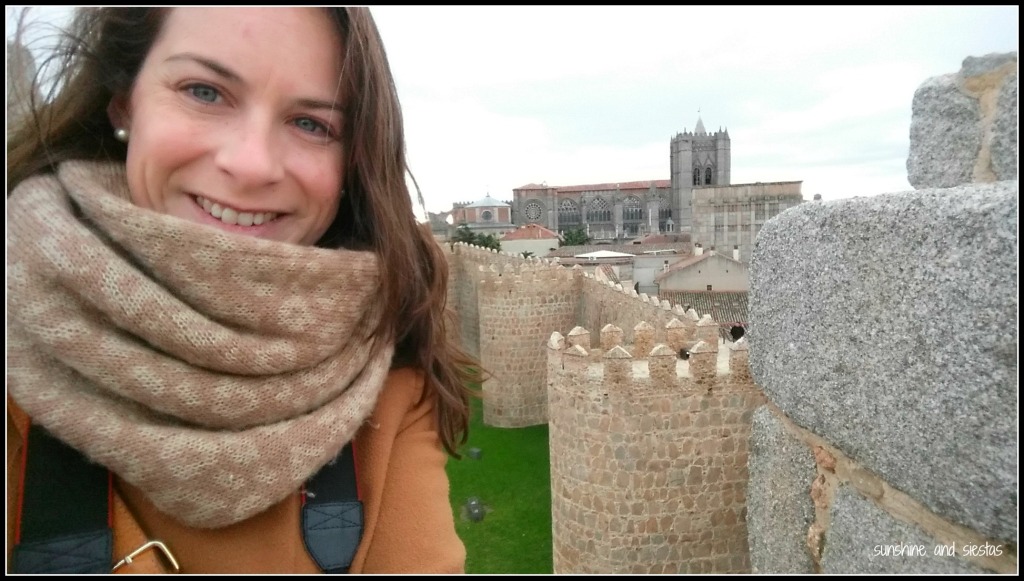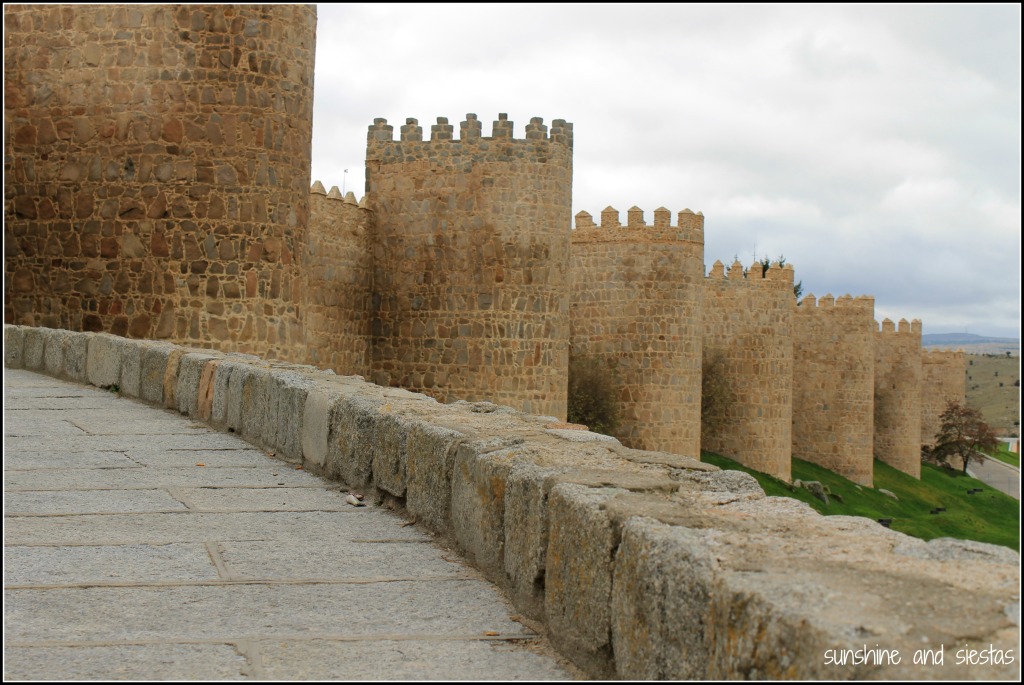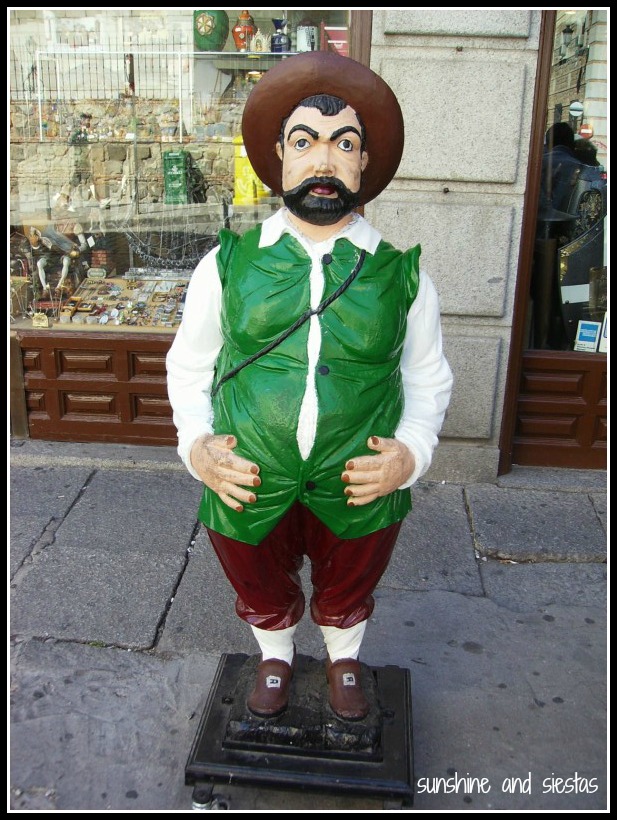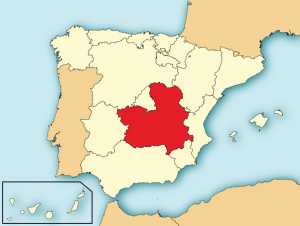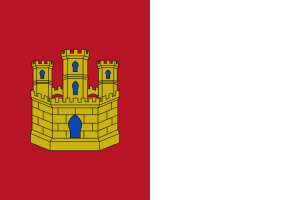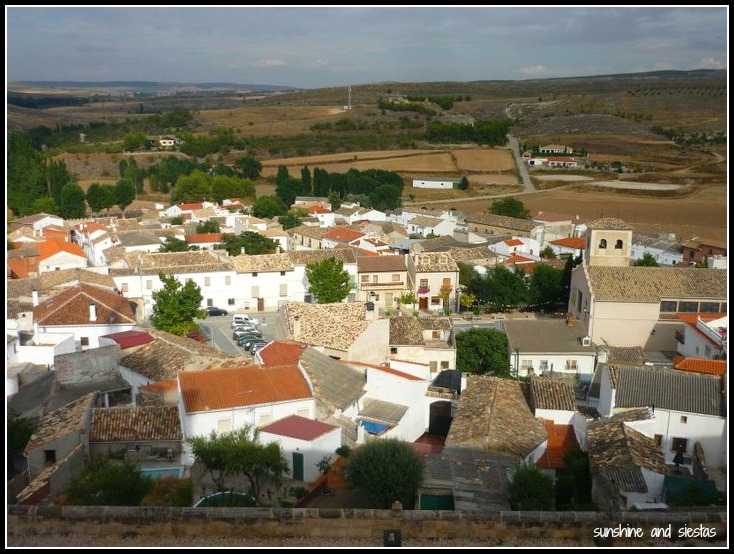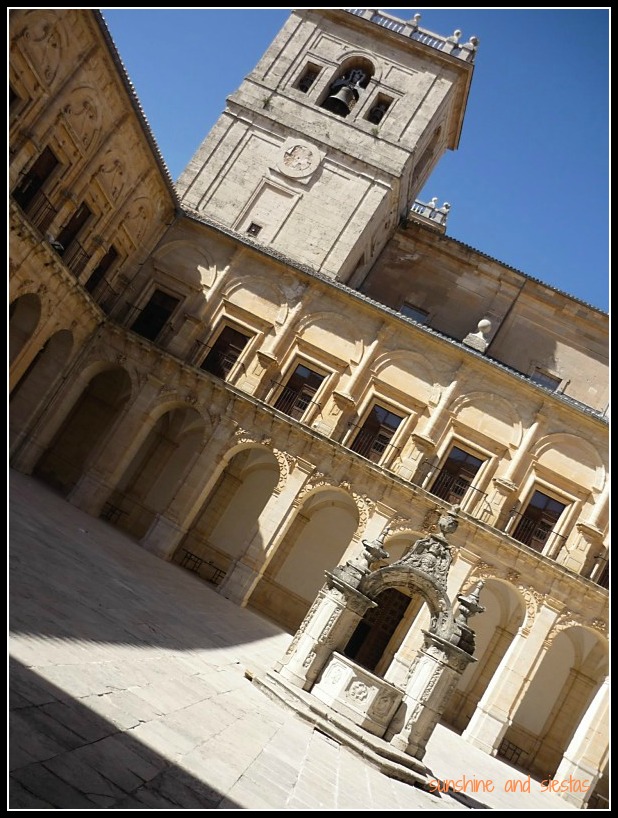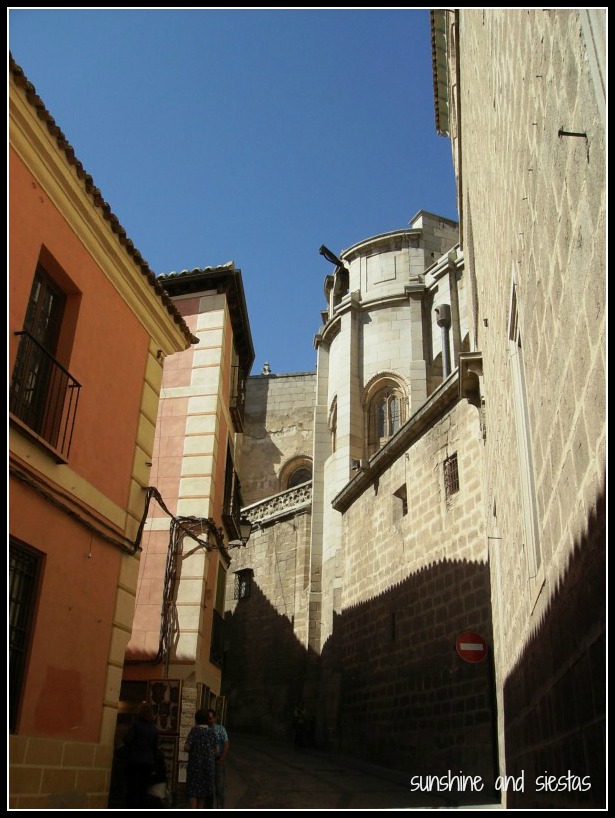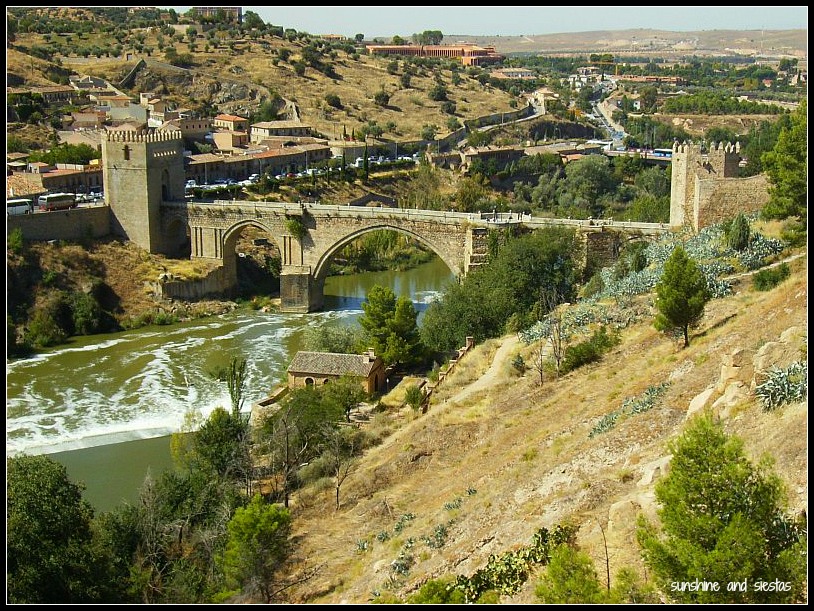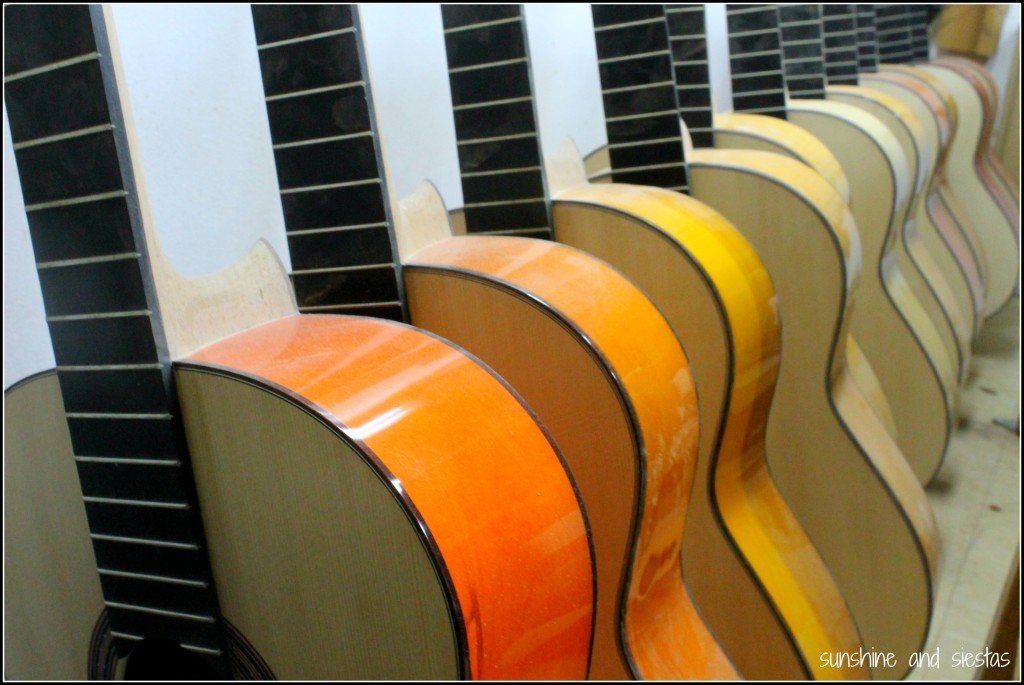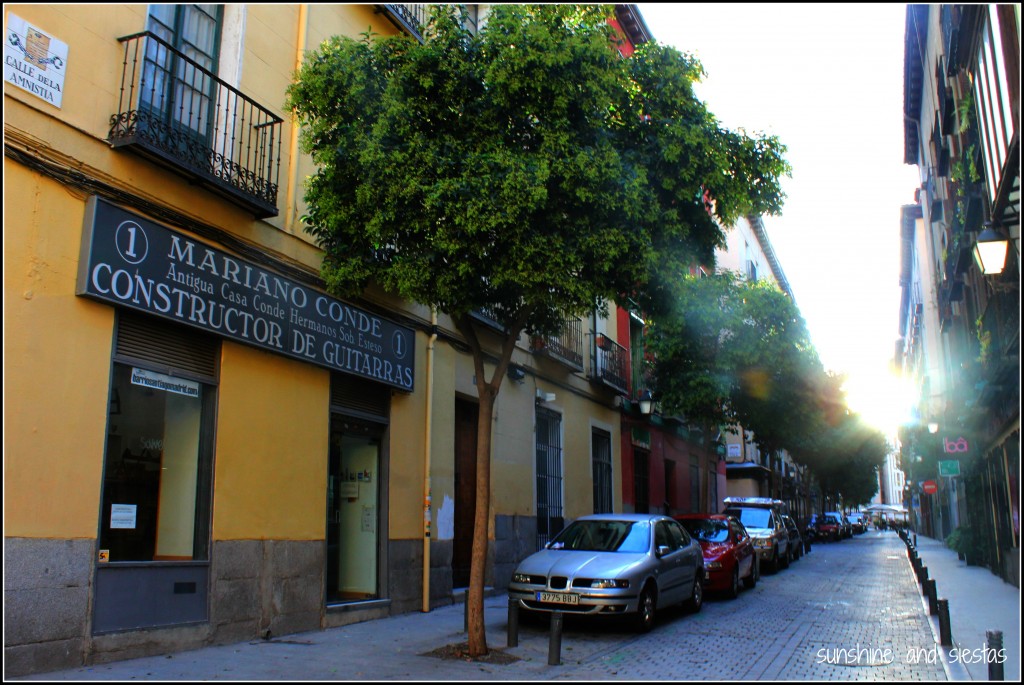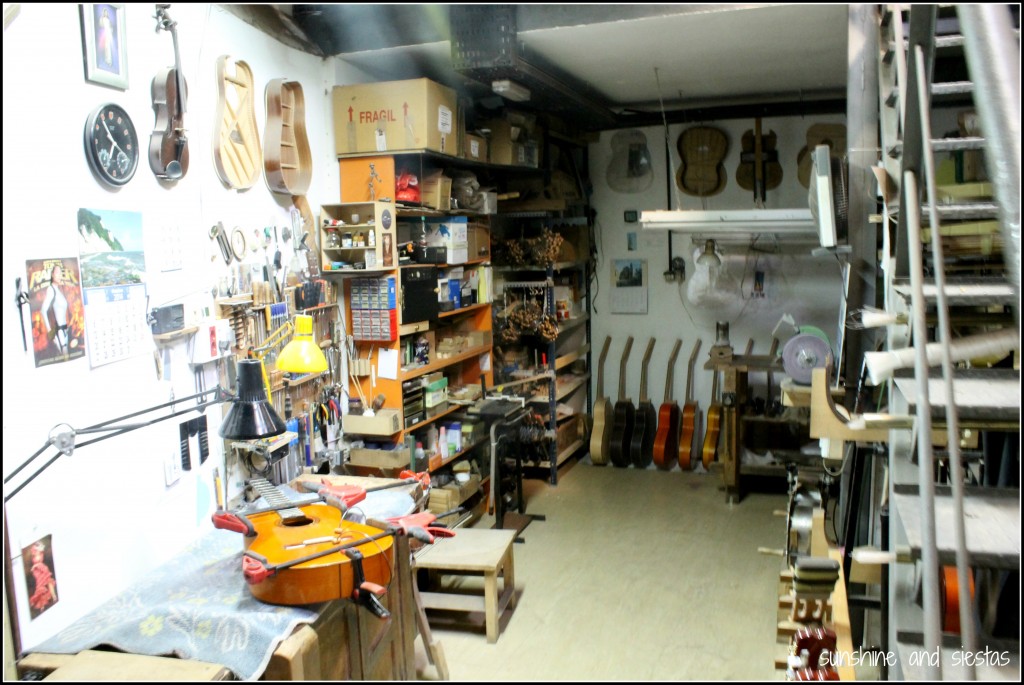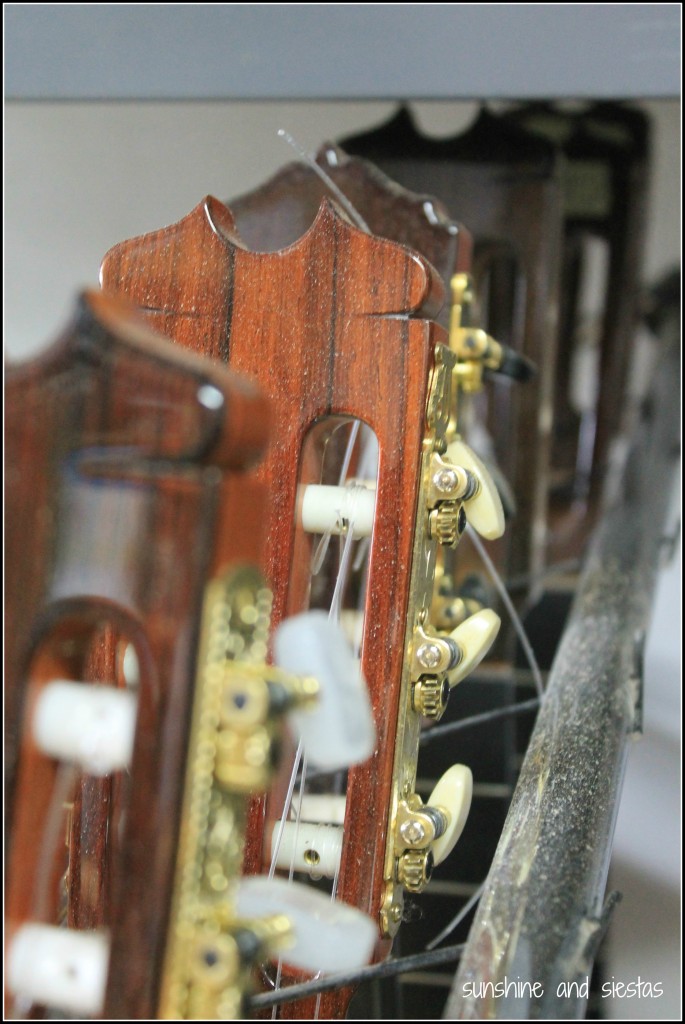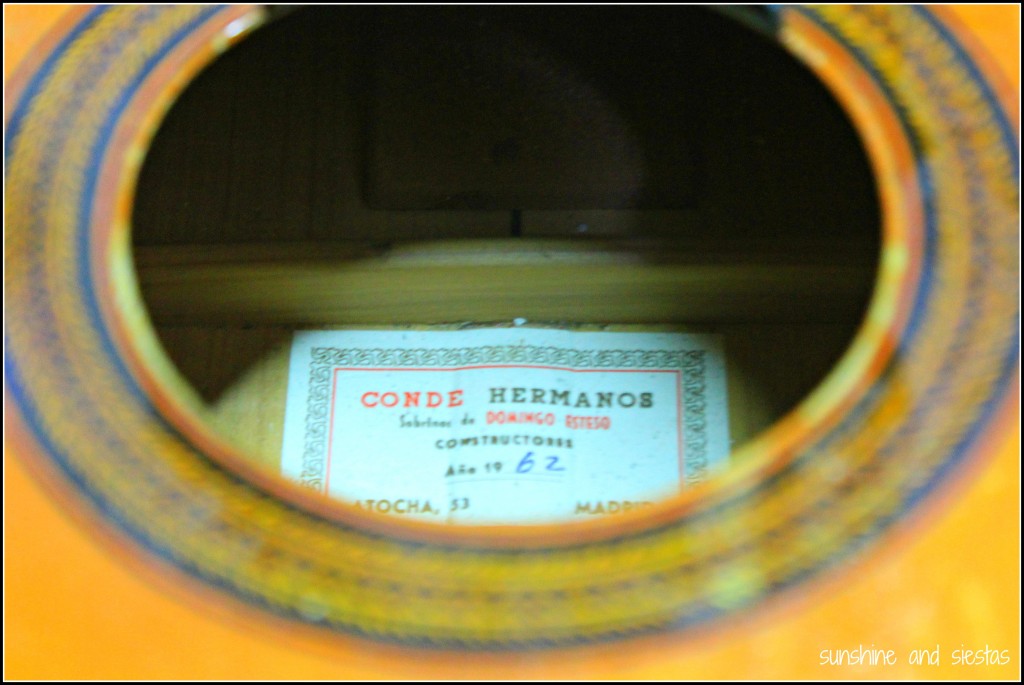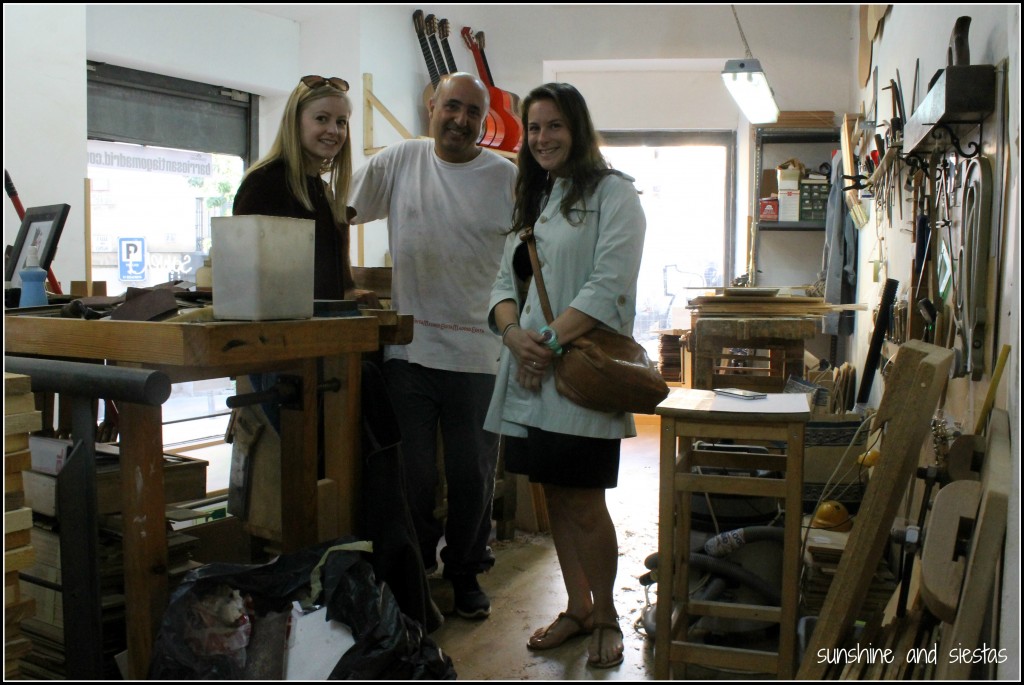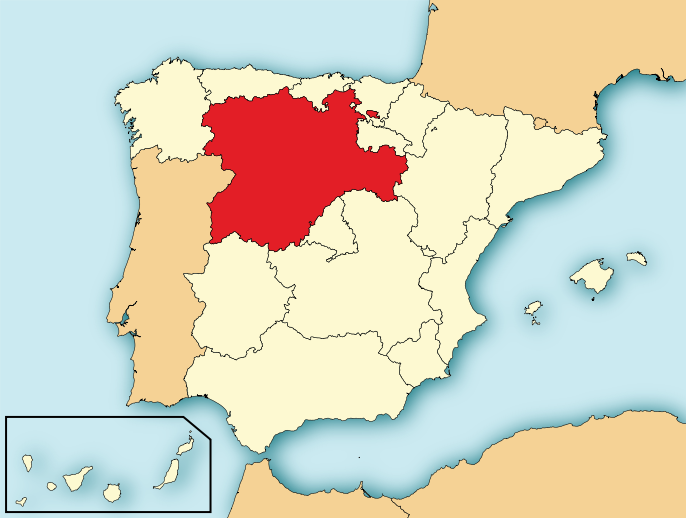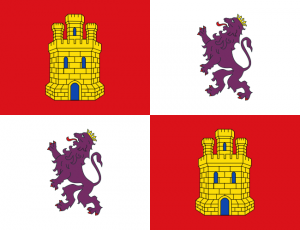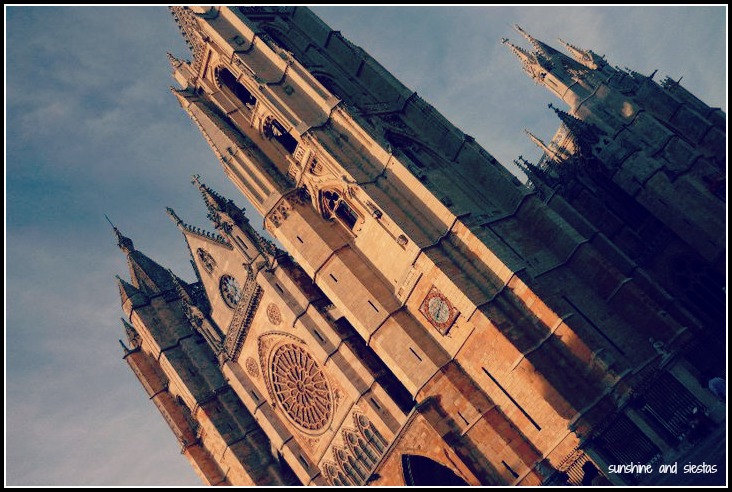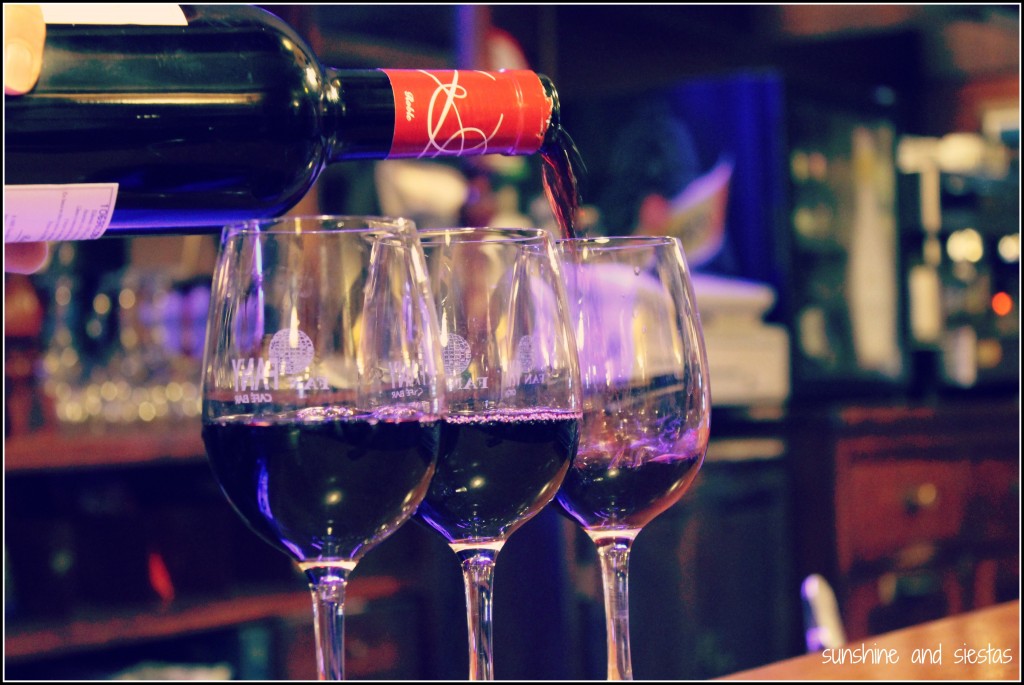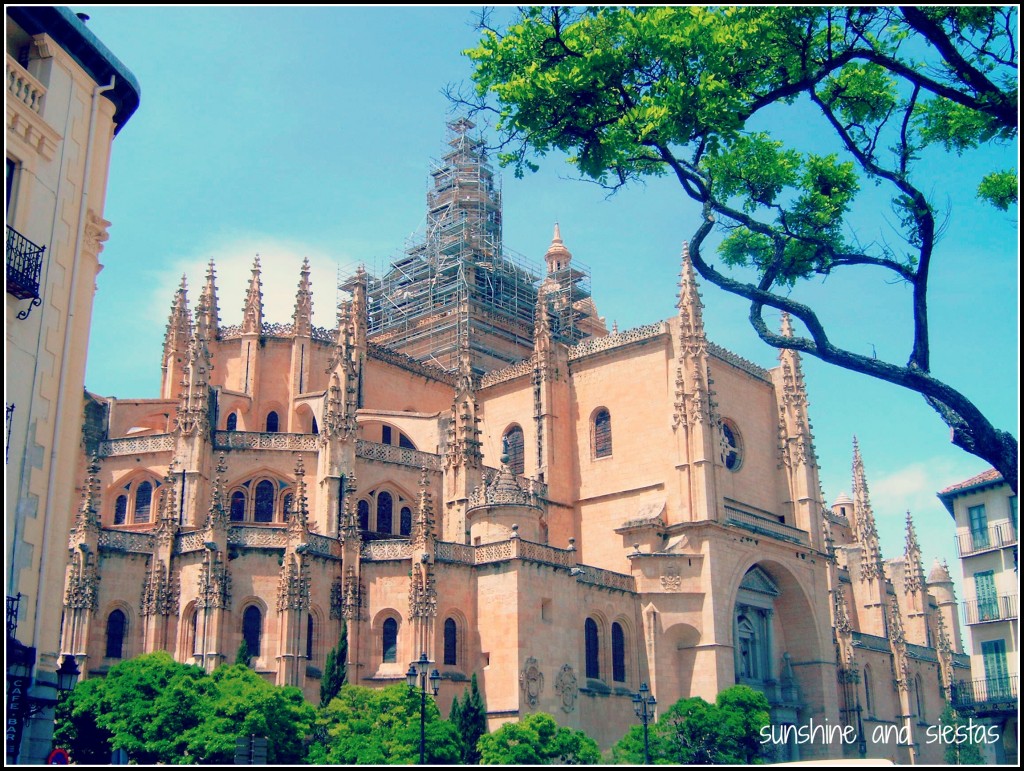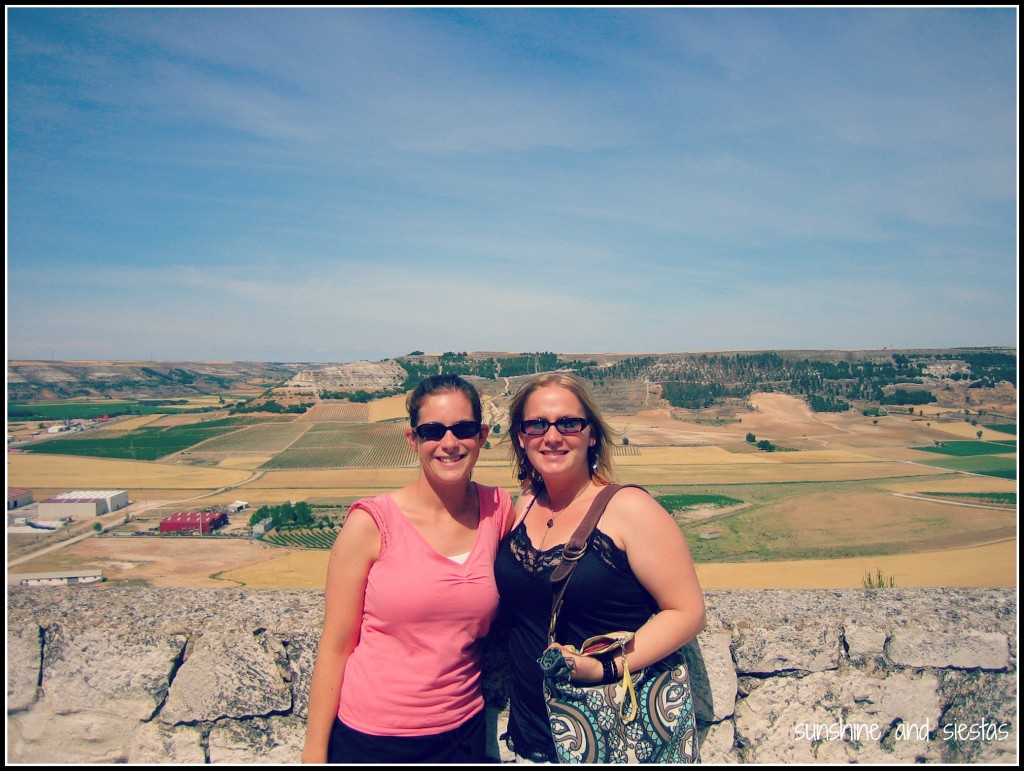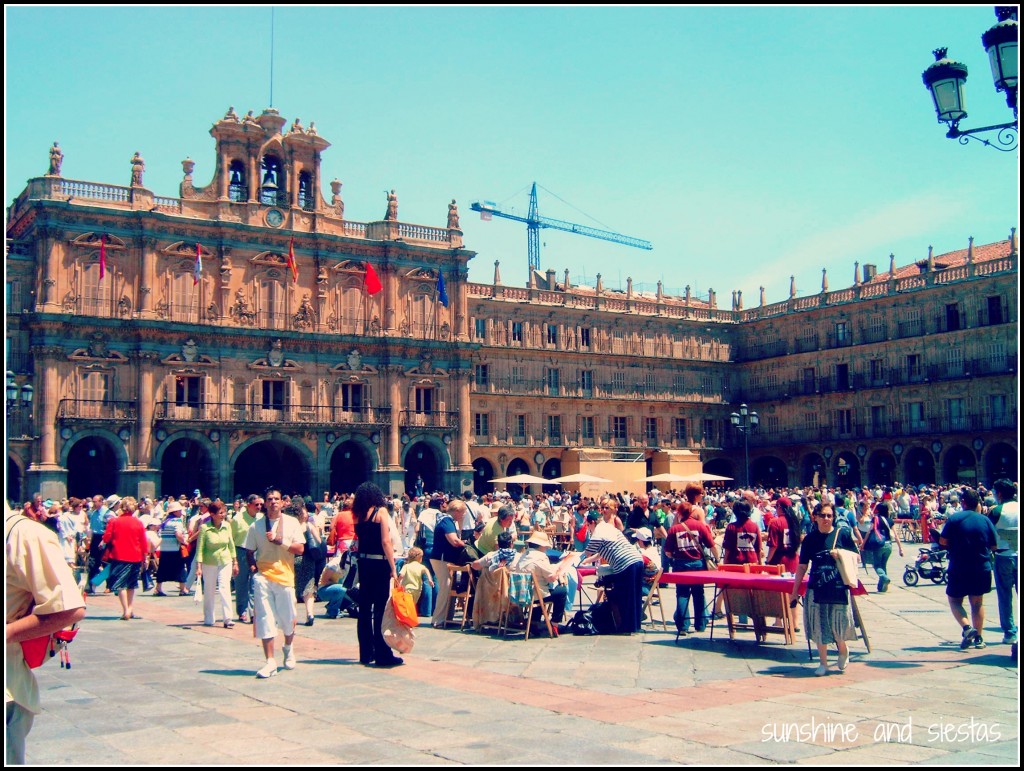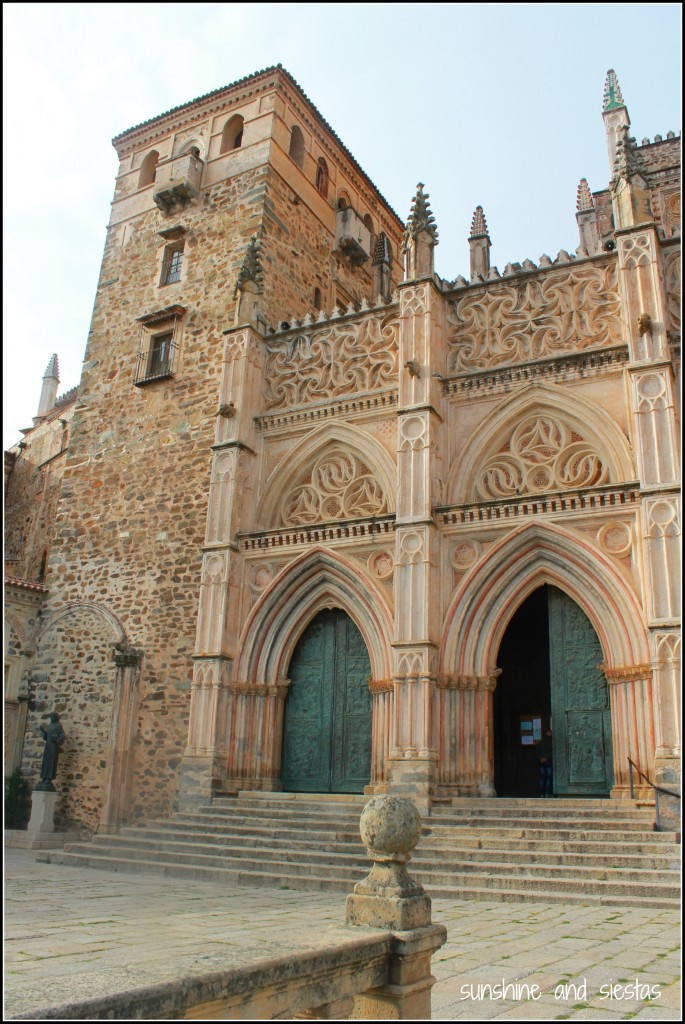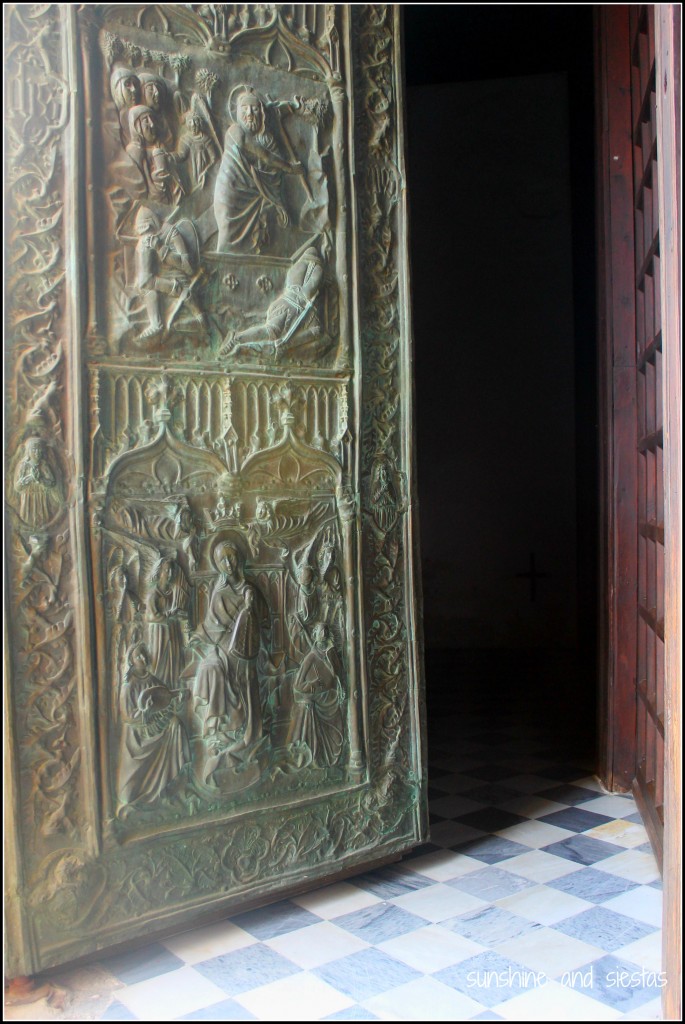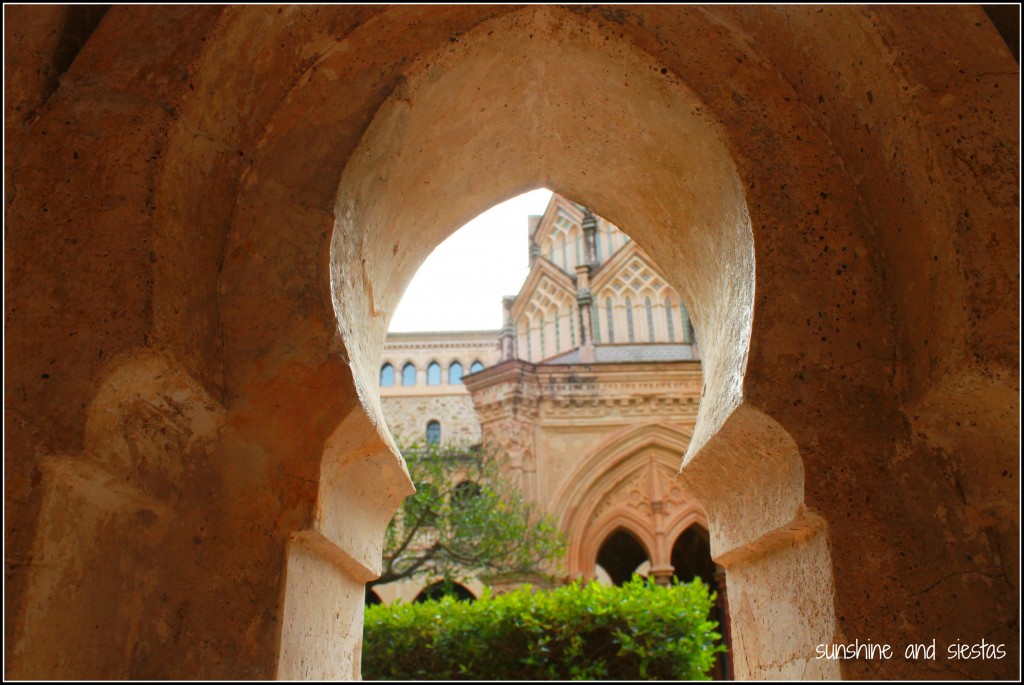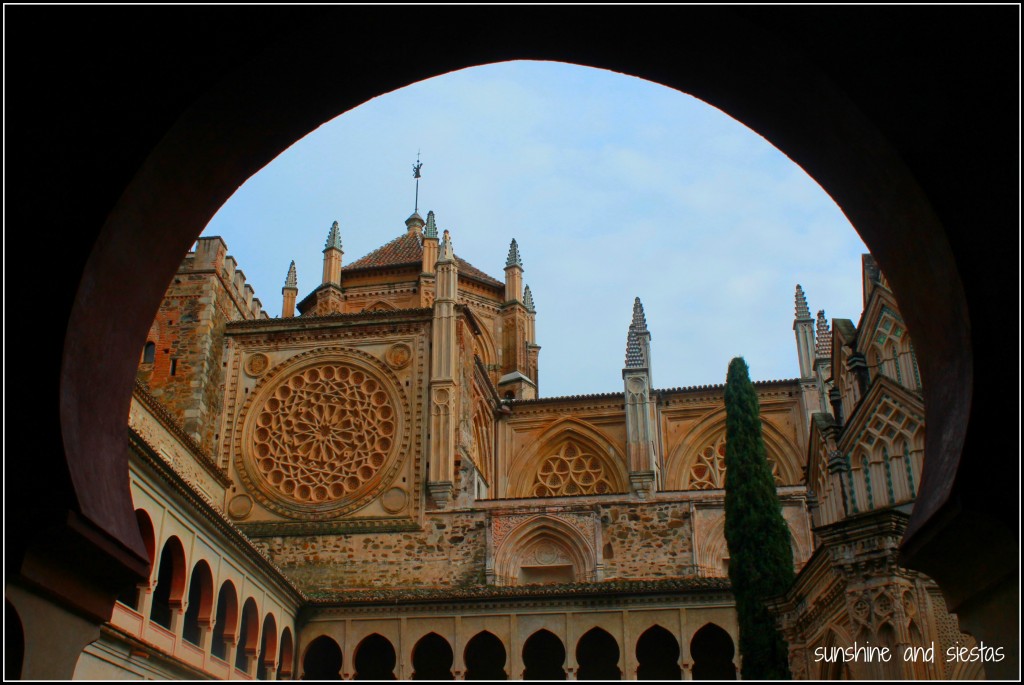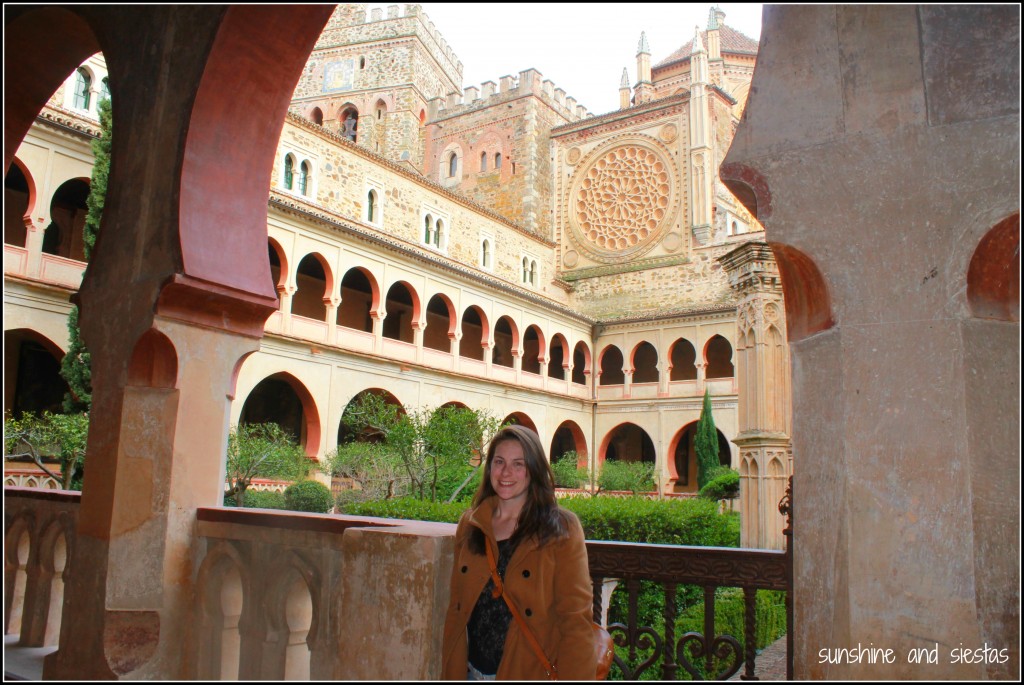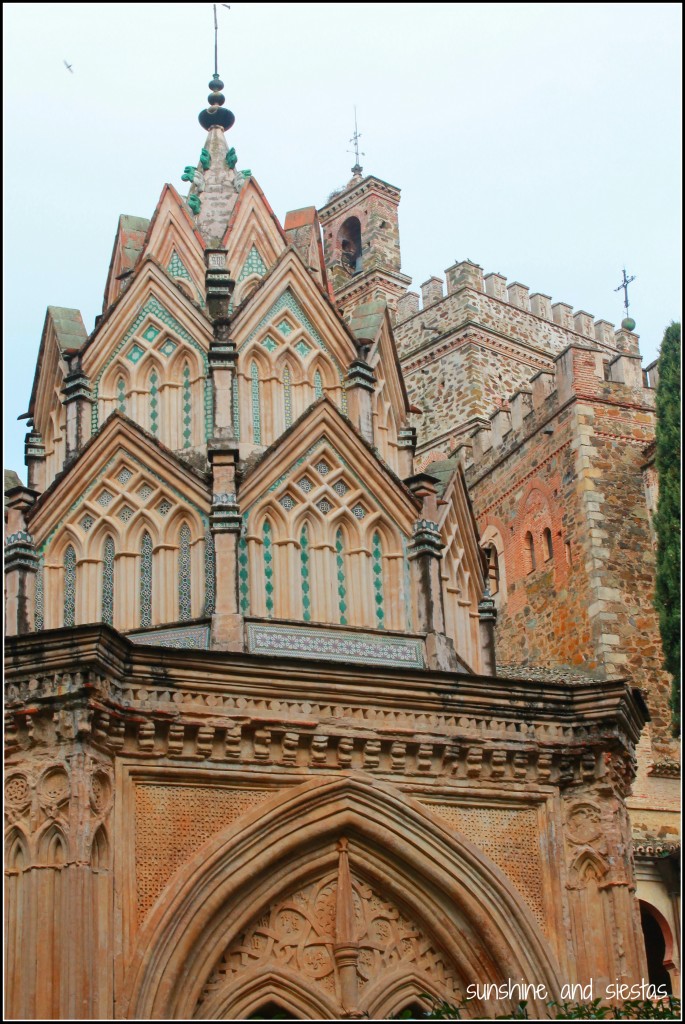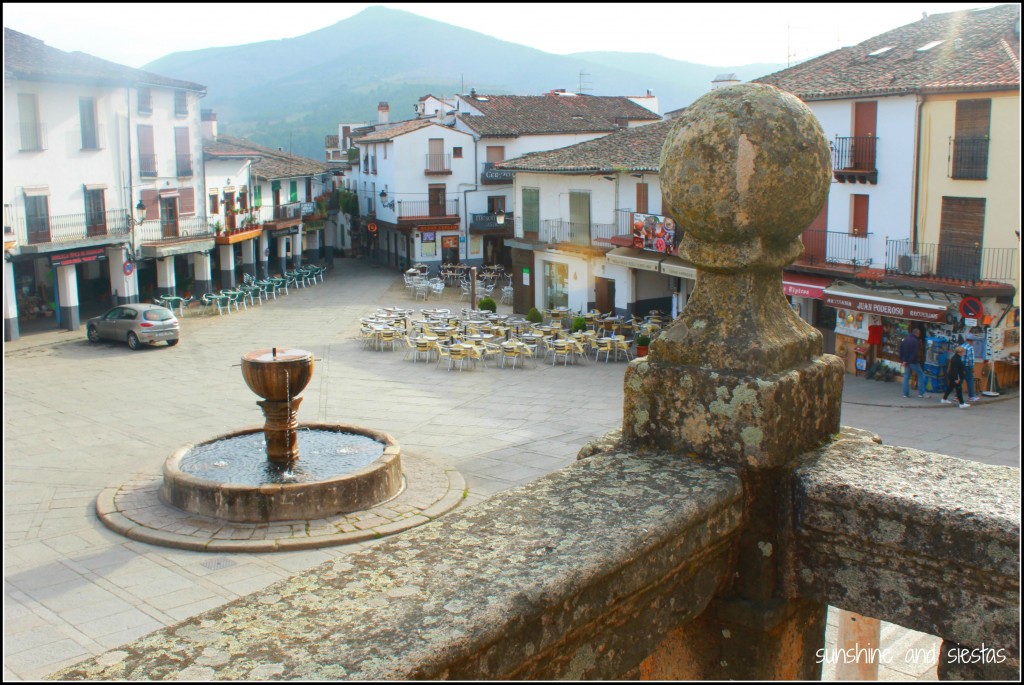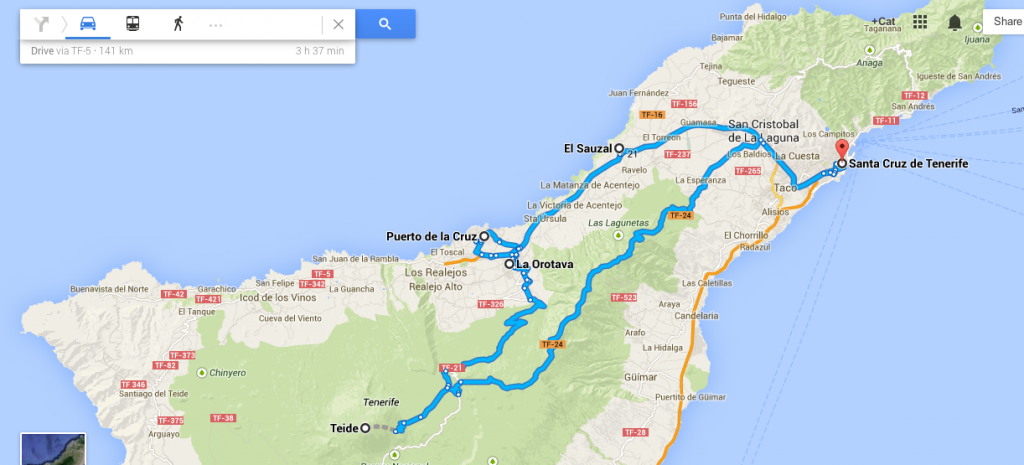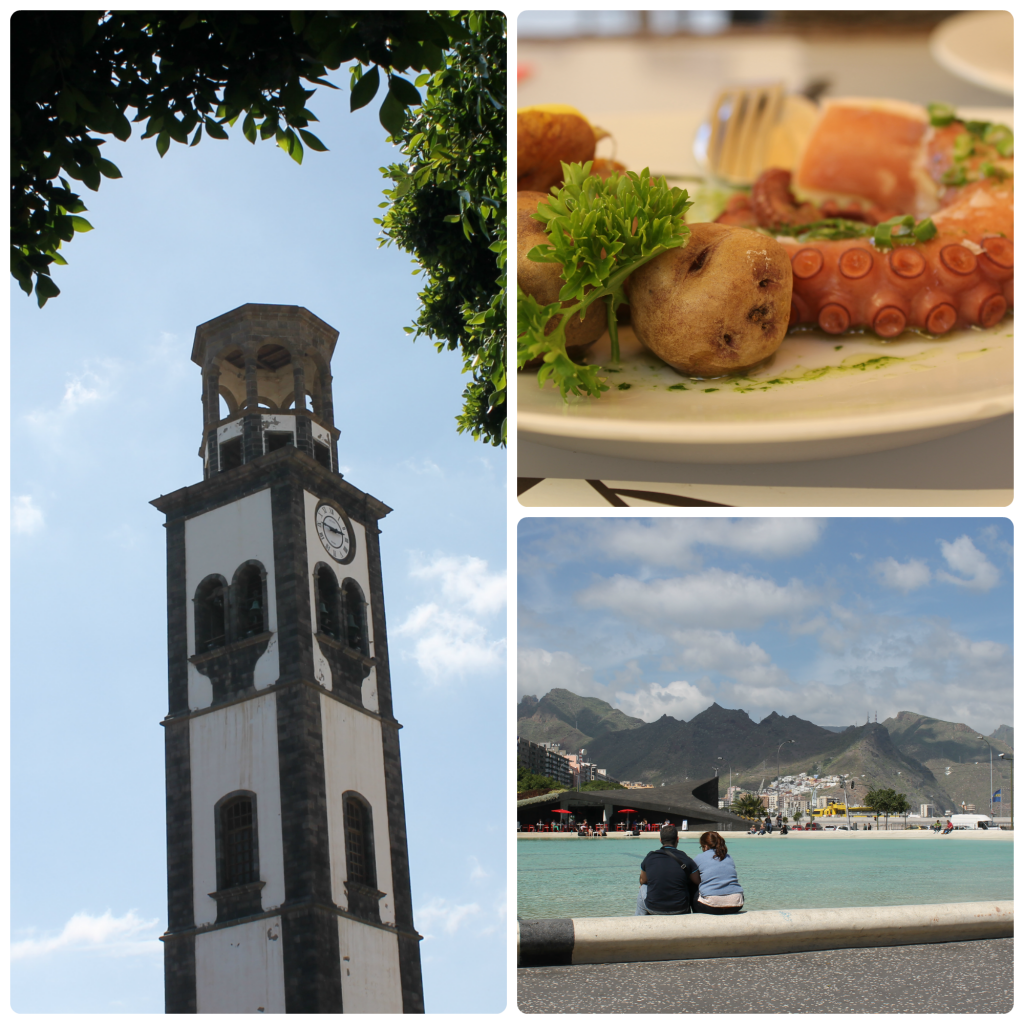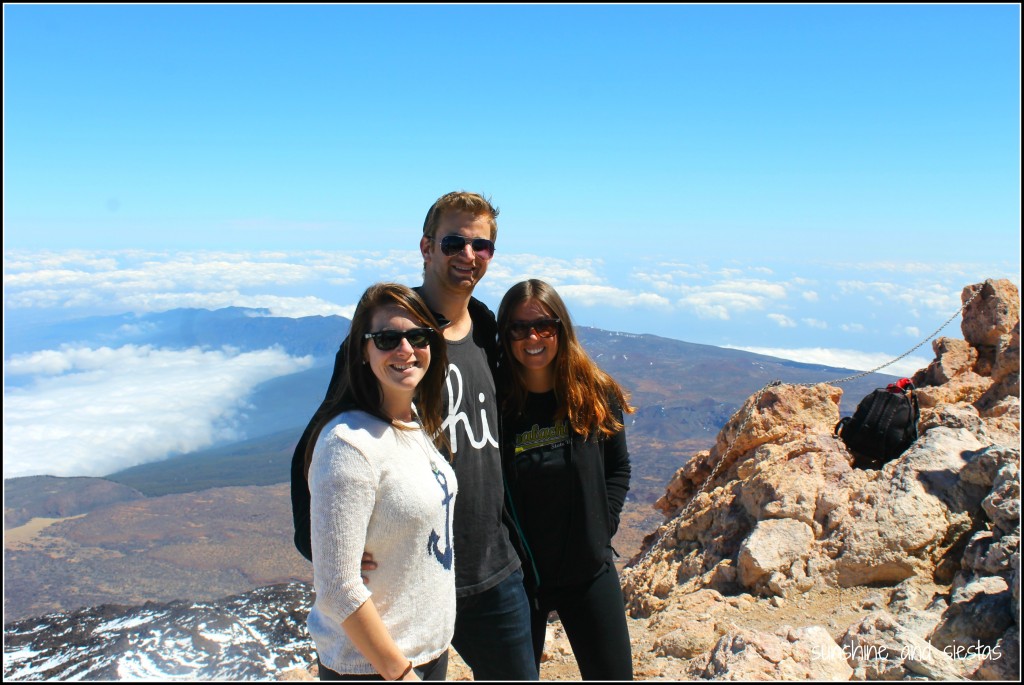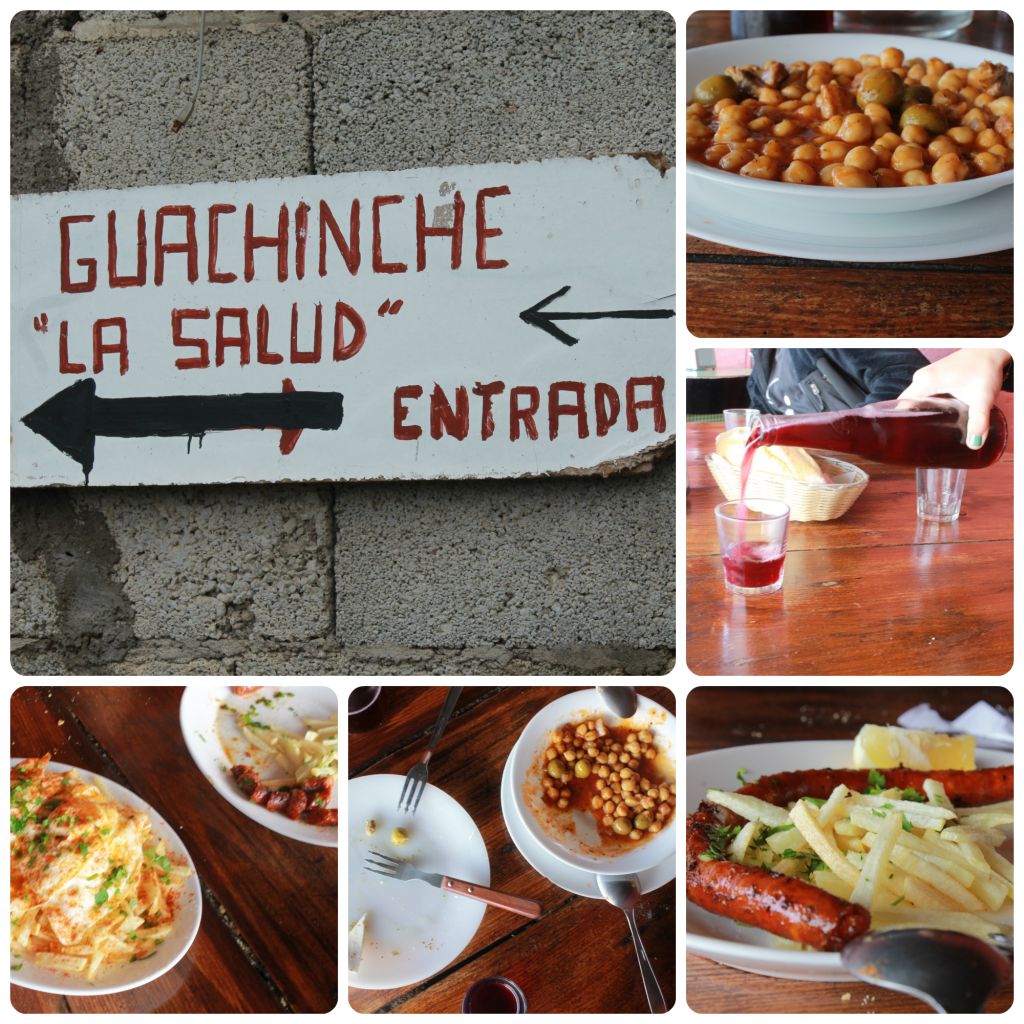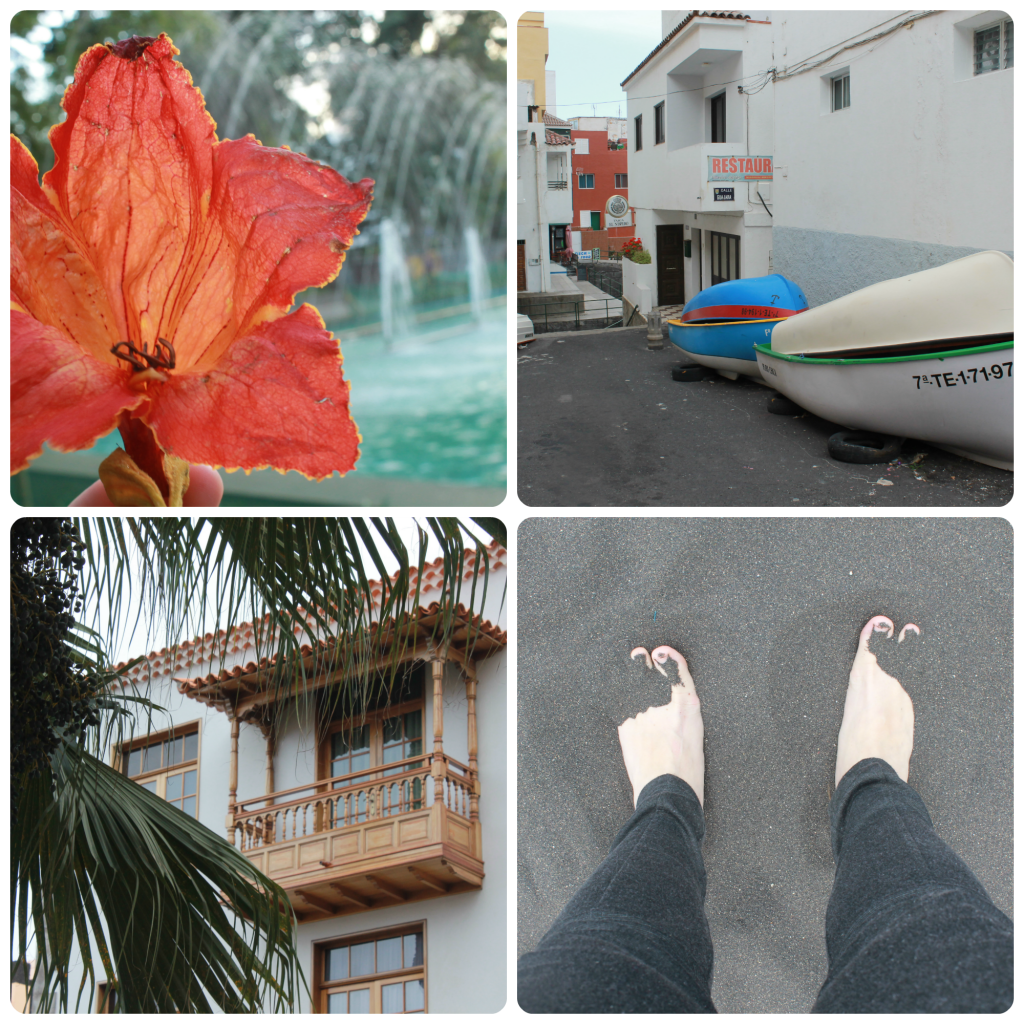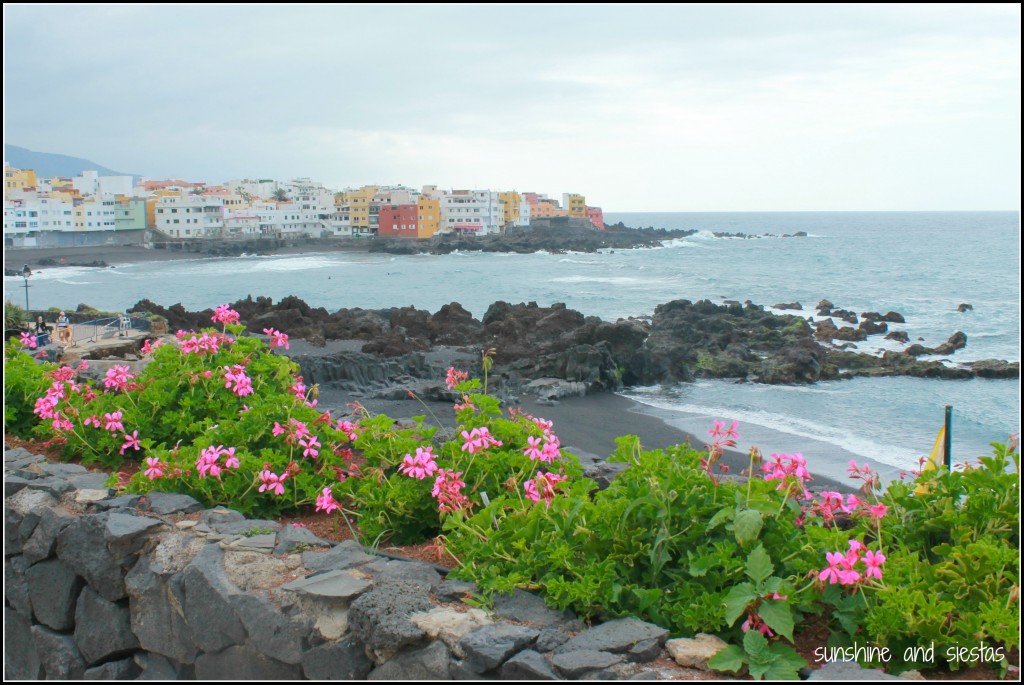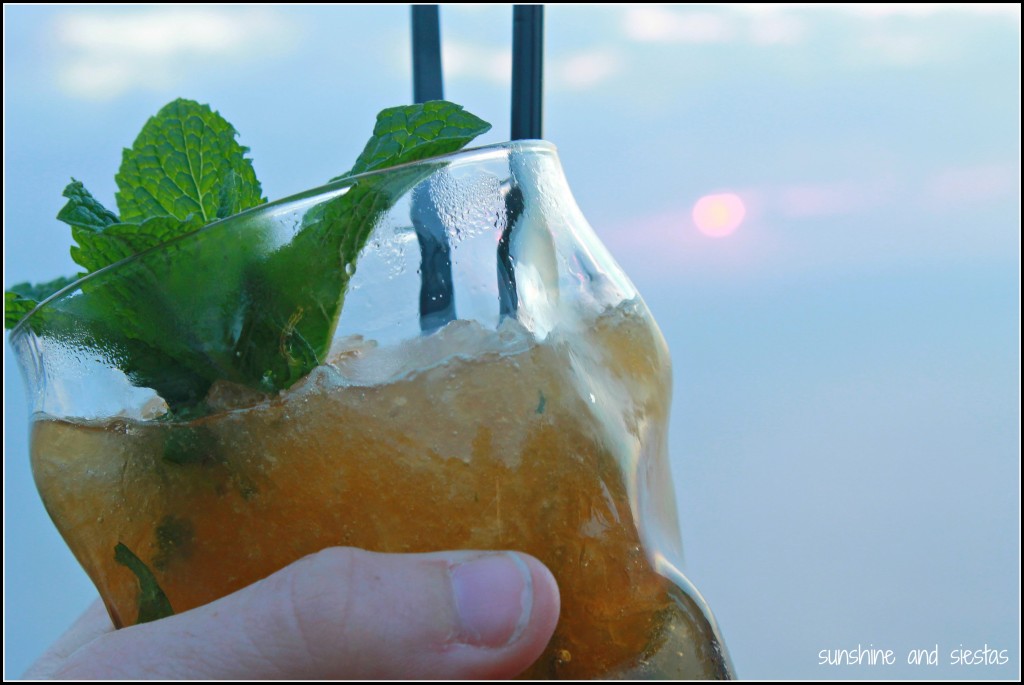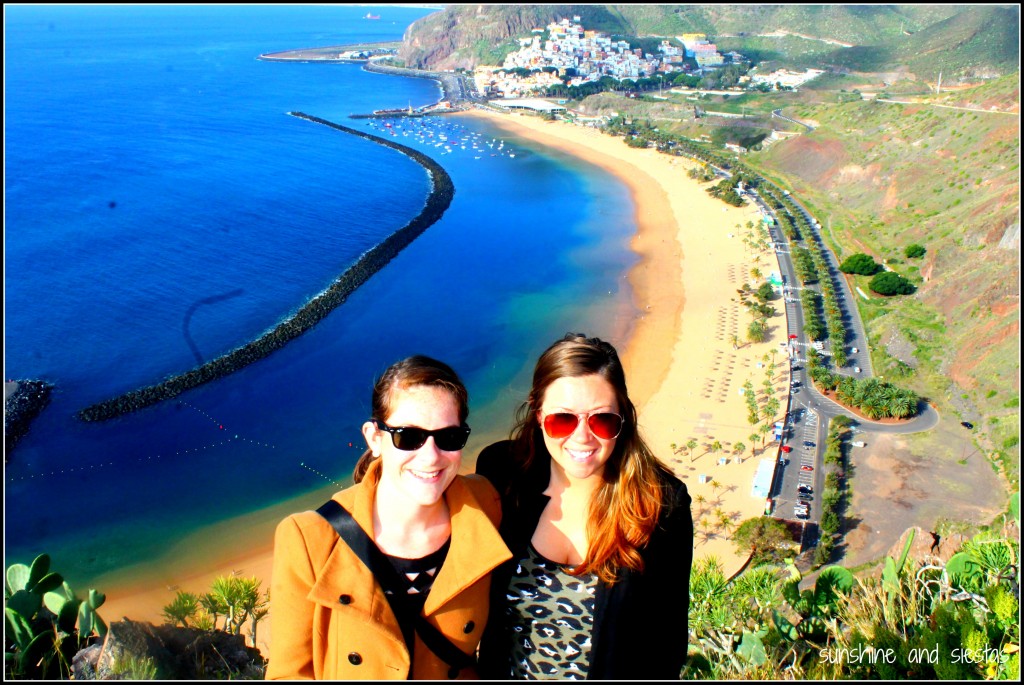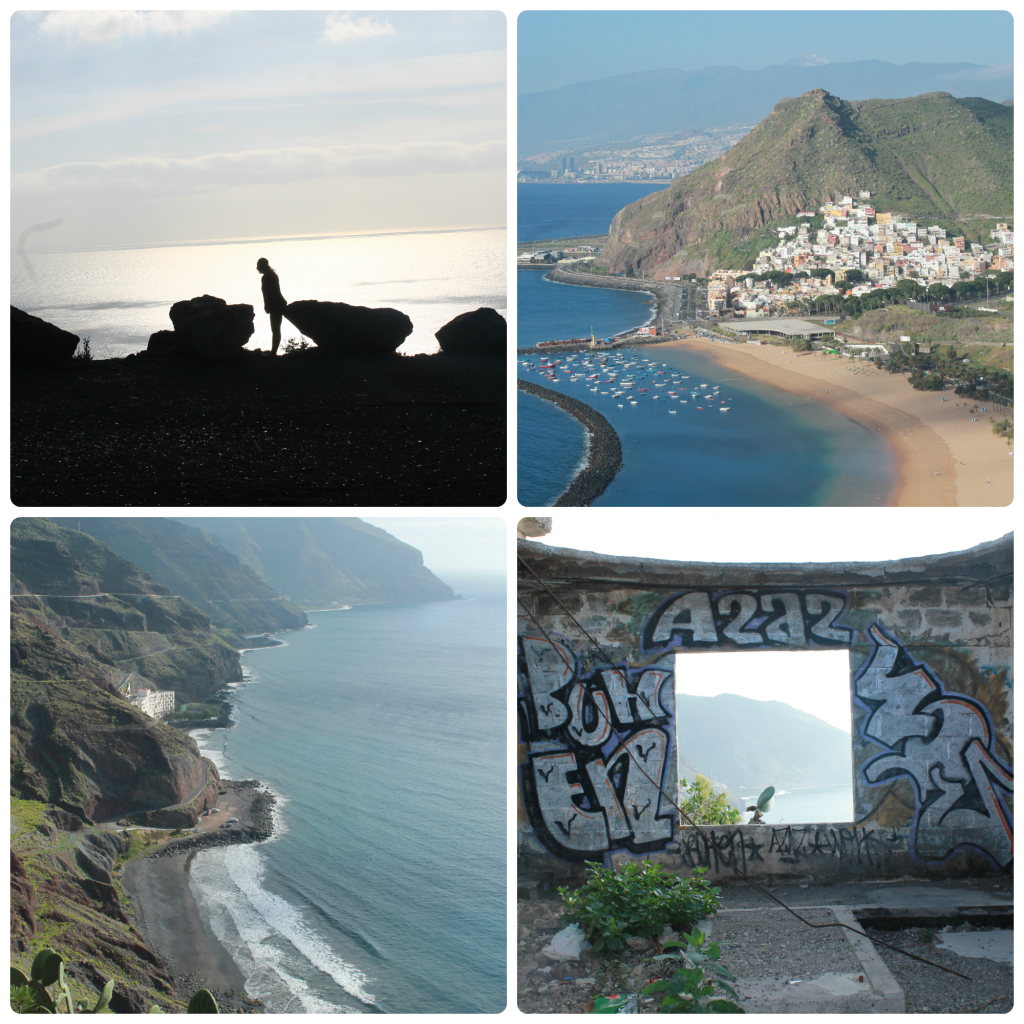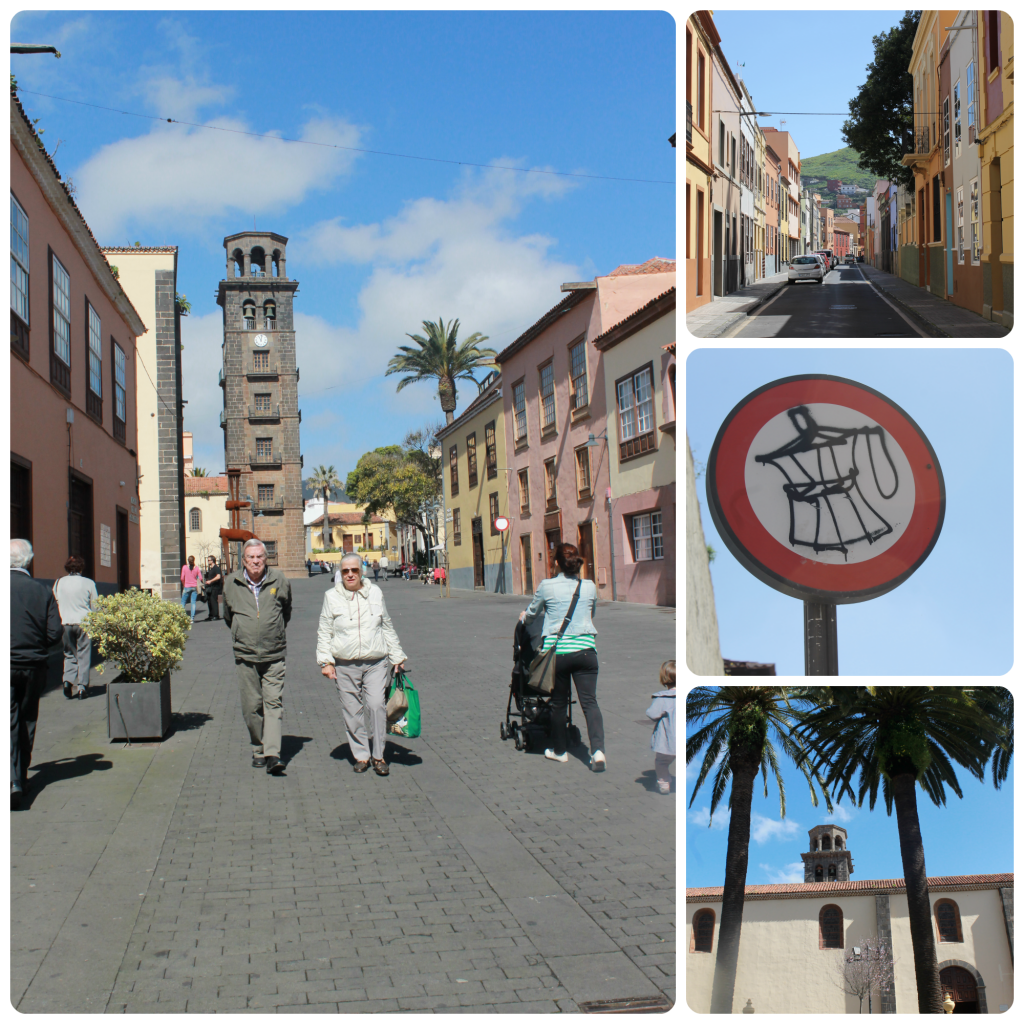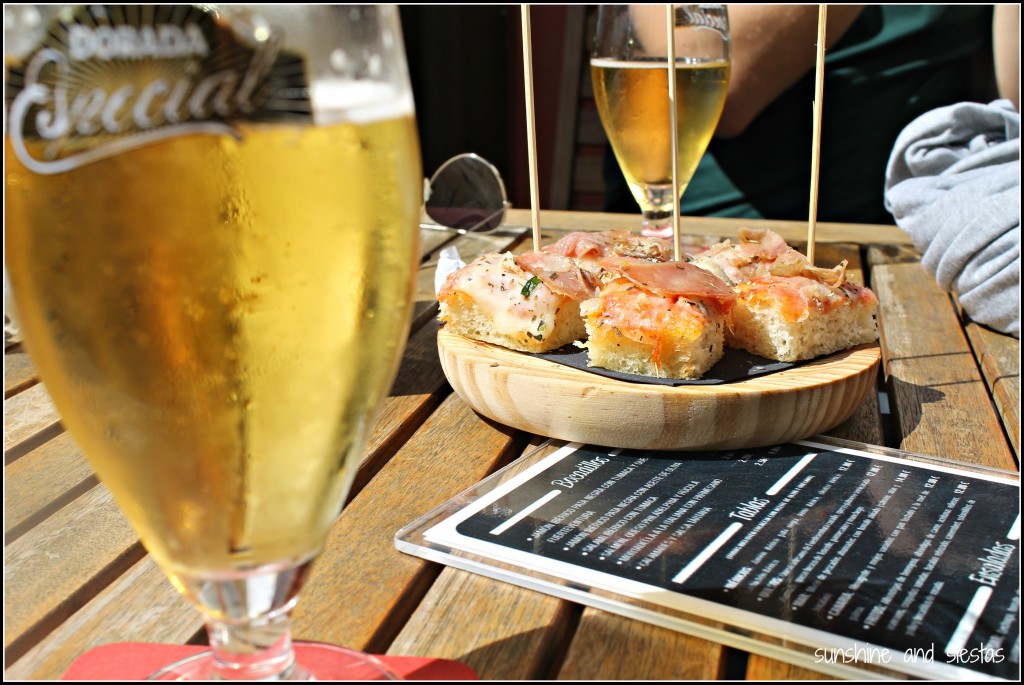I’d seen the walls from the highway on the way to Madrid – like something out of a period piece, the red roofs of the historic center spill down from a shallow hill, corralled by more than 80 stone towers. In this city of stones and saints, it’s what puts Ávila on the map.
On a recent trip to visit the city I studied abroad in, I detoured towards Ávila, a small provincial capital nuzzled up to Madrid. This meant backroads past crumbling castles, farmland and hamlets that are but a blip on a little-traversed highway.
Sigh. I love Castilla y León.
Ávila is a city of stone churches, small plazas and the birthplace of Saint Theresa the Mystic and Saint John of the Cross, founders of the Descalced Carmelites, though the imposing muralla is what I came for (I did light a candle for my abuela at the Church of Saint Theresa while de paso, though).
Construction began under Alfonso VI at the end of the 11th Century, and nearly a millennia later, the entire city was declared as a UNESCO World Heritage City, one of thirteen in Spain.
More than one kilometer of the city walls can be visited – the short tramo from the Puerta del Alcázar around the plaza and to the cathedral, and from Puerta de las Carnicerías around the western side of the old city to Puerta del Puente, at the lowest point of the city. You can also exit at Puerta del Carmen, right next to the Parador de Turismo. One ticket is valid for the entrances at Puerta del Alcázar and Puerta de las Carnicerías.
Leave 90 minutes or so to visit the walls, and don’t miss the numerous Romanesque and Gothic churches within them. Also of note is the museum, convent and church dedicated to Saint Theresa (or the yolk pastries bearing her name).
If you go: The walls are open daily from 10am, with guided tours available. Tuesdays from 2 to 4pm free. If you have a Carnet Joven, show it with a photo ID for a discounted ticket. Be sure to bring sturdy shoes, as some parts of the walls are hazardous. Regular admission is 5€, reduced 3.50€. If you want a great photo, walk or drive to Los Cuatro Postes, just across the Adaja River.
If you like walks and hikes and old things, you’ll enjoy: The Dubrovnik City Walls | Climbing Teide, Spain’s highest point | Spain’s UNESCO World Heritage Sites
Have you been to Ávila? More importantly, have you tried ternera de Ávila?!
